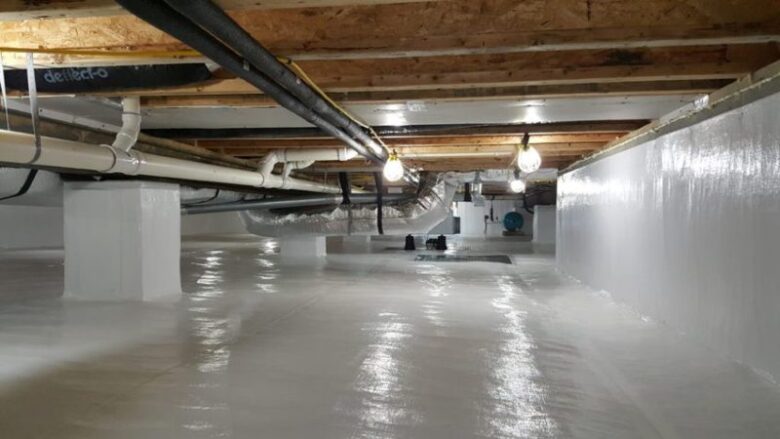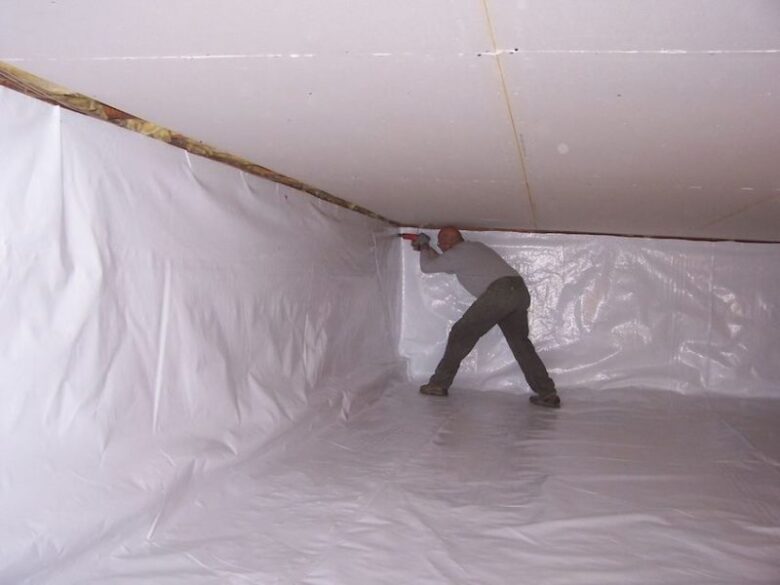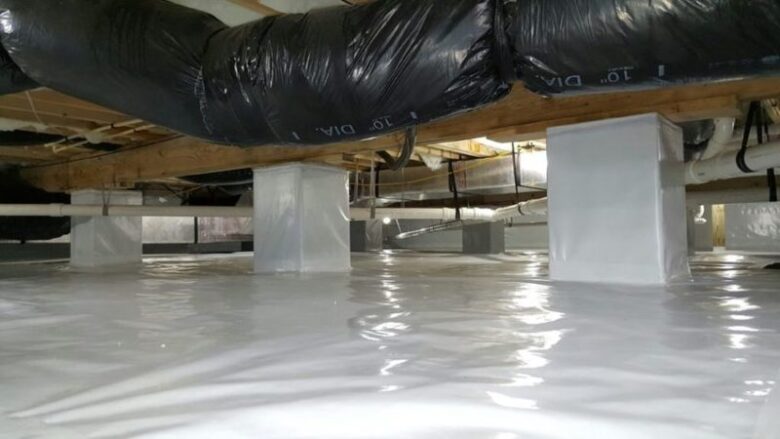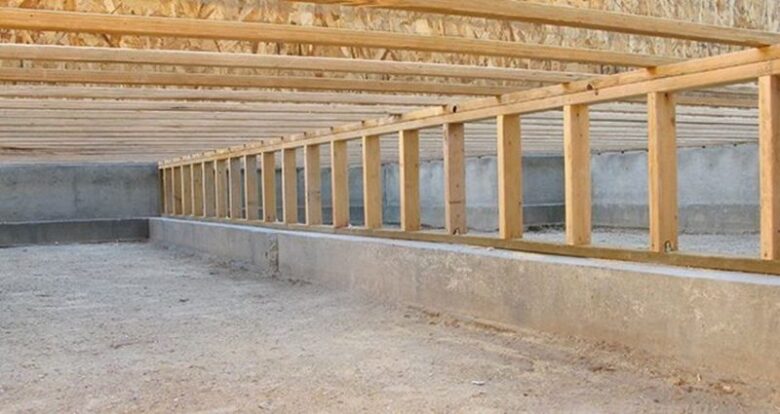When it comes to waterproofing your home, there are a few different strategies to choose depending on the place affected and the risks facing it. One of the best ways of waterproofing the foundation and crawl space of a property is through encapsulation.
Here, we’re going to explain crawl space encapsulation, the process, how it works, and what the benefits are.
What is crawl space encapsulation?

source:yourcrawlspace.com
Up to half of all the air that enters the home comes up from the crawl space. Water vapor seeps in from the ground, through the soil and even cement. The moisture can build up in the basement, wear away at the foundation, and cause an increase in dampness and mold in the walls of the home.
Encapsulation is a service that prevents water vapor from coming into the home. Industrial strength materials form a barrier around the place. This barrier stops moisture from infiltrating and, thus, cuts off its entryway into the home.
How to crawl space encapsulation works

source:yourcrawlspace.com
Before your crawl space is encapsulated, it needs to be inspected. If it’s been partially sealed, beforehand, then issues like sitting water and pests can still plague it, and these need to be addressed before it can be encapsulated. If it’s all clear, however, then the work can begin.
The inspection will also look over where it needs to be encapsulated. In most case, it’s fit to the floors and foundation walls, but also sometimes the ceiling or joist area, as your needs demand. Wherever there is a risk of moisture infiltrating, a strong layer of polyethylene is laid down. Thinner versions of this plastic are used for grocery bags, but high-density polyethylene is one of the best materials for waterproofing.
Sealing tape is used to hold it in place, making sure that the entire space is closed off tight. After this, a device, usually a dehumidifier or supply of air from a small HVAC system, will be put in place to control the humidity and moisture level, ensuring it stays safe and dry.
The benefits of crawl space encapsulation
With encapsulation, the ability of moisture to build up in your space is greatly diminished. Even when humidity levels outside are as high as 90%, your place can maintain levels beneath 50% due to the mix of protection and dehumidification. However, there are other benefits, as well:

source:yourcrawlspace.com
- Improved air quality in the crawl and, as a result, better air quality throughout the house in general.
- The sealing and dehumidification make it harder for pests to find a home.
- Due to the insulating nature of the polyethylene barrier, the home can benefit from better energy efficiency, reducing HVAC use by up to 20%.
- The materials of the crawl space, including the floor above it, are protected from the eroding nature of moisture.
- A much more comfortable way of life, thanks to the reduced humidity and moisture coming up
How do you know if you need crawl space encapsulation?
If you’re concerned about the problems that excess moisture, humidity, and water vapor can have on your home, then crawl space encapsulation is a good way to allay those fears. However, there are some symptoms of a vulnerable home that should prompt you to take action as well:
- Musty smells from the crawl space or basement
- Seeing mold in the home
- Floors are soft underfoot or starting to separate
- High heating and cooling costs due to poor insulation
- Condensation on the window even if the rest of the home is insulated
- Frequent pest problems in the basement, especially with wood-eating insects
All of these are symptoms that there’s already a moisture problem in the basement. Drying, sealing, and dehumidifying the space as soon as possible may be your best option.
Is crawl space encapsulation the right option for you?

source:sylvane.com
Crawl encapsulation is a great way to seal the home from beneath, improving your comfort, air quality, and the health of both the home and those in it. It’s much more reliable than sealing the place yourself (as usual, this doesn’t cover everywhere that should be covered) and lasts for well over a decade before you need to start thinking of replacing it.
However, it’s not perfect for all homes. For instance, if you have atmosphere combustion appliances in the crawl space, you may want to consider another method. But whatever the condition of the home is, https://www.sedonawaterproofing.com can help you find the perfect way to protect it.

